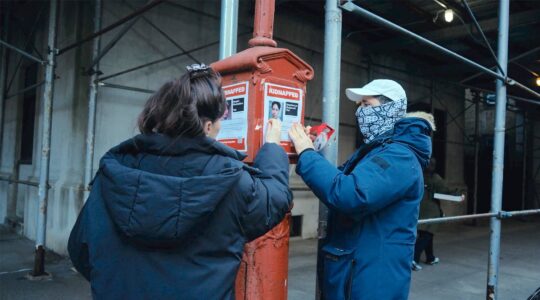In the New York Review of Books, Timothy Snyder argues that we have misunderstood the Holocaust by placing so much emphasis on Auschwitz.
The very reasons that we know something about Auschwitz warp our understanding of the Holocaust: we know about Auschwitz because there were survivors, and there were survivors because Auschwitz was a labor camp as well as a death factory. These survivors were largely West European Jews, because Auschwitz is where West European Jews were usually sent. After World War II, West European Jewish survivors were free to write and publish as they liked, whereas East European Jewish survivors, if caught behind the iron curtain, could not. In the West, memoirs of the Holocaust could (although very slowly) enter into historical writing and public consciousness.
This form of survivors’ history, of which the works of Primo Levi are the most famous example, only inadequately captures the reality of the mass killing. The Diary of Anne Frank concerns assimilated European Jewish communities, the Dutch and German, whose tragedy, though horrible, was a very small part of the Holocaust. By 1943 and 1944, when most of the killing of West European Jews took place, the Holocaust was in considerable measure complete. Two thirds of the Jews who would be killed during the war were already dead by the end of 1942. The main victims, the Polish and Soviet Jews, had been killed by bullets fired over death pits or by carbon monoxide from internal combustion engines pumped into gas chambers at Treblinka, Be zec, and Sobibor in occupied Poland.
Auschwitz as symbol of the Holocaust excludes those who were at the center of the historical event. The largest group of Holocaust victims—religiously Orthodox and Yiddish-speaking Jews of Poland, or, in the slightly contemptuous German term, Ostjuden—were culturally alien from West Europeans, including West European Jews. To some degree, they continue to be marginalized from the memory of the Holocaust. The death facility Auschwitz-Birkenau was constructed on territories that are today in Poland, although at the time they were part of the German Reich. Auschwitz is thus associated with today’s Poland by anyone who visits, yet relatively few Polish Jews and almost no Soviet Jews died there. The two largest groups of victims are nearly missing from the memorial symbol.
JTA has documented Jewish history in real-time for over a century. Keep our journalism strong by joining us in supporting independent, award-winning reporting.





